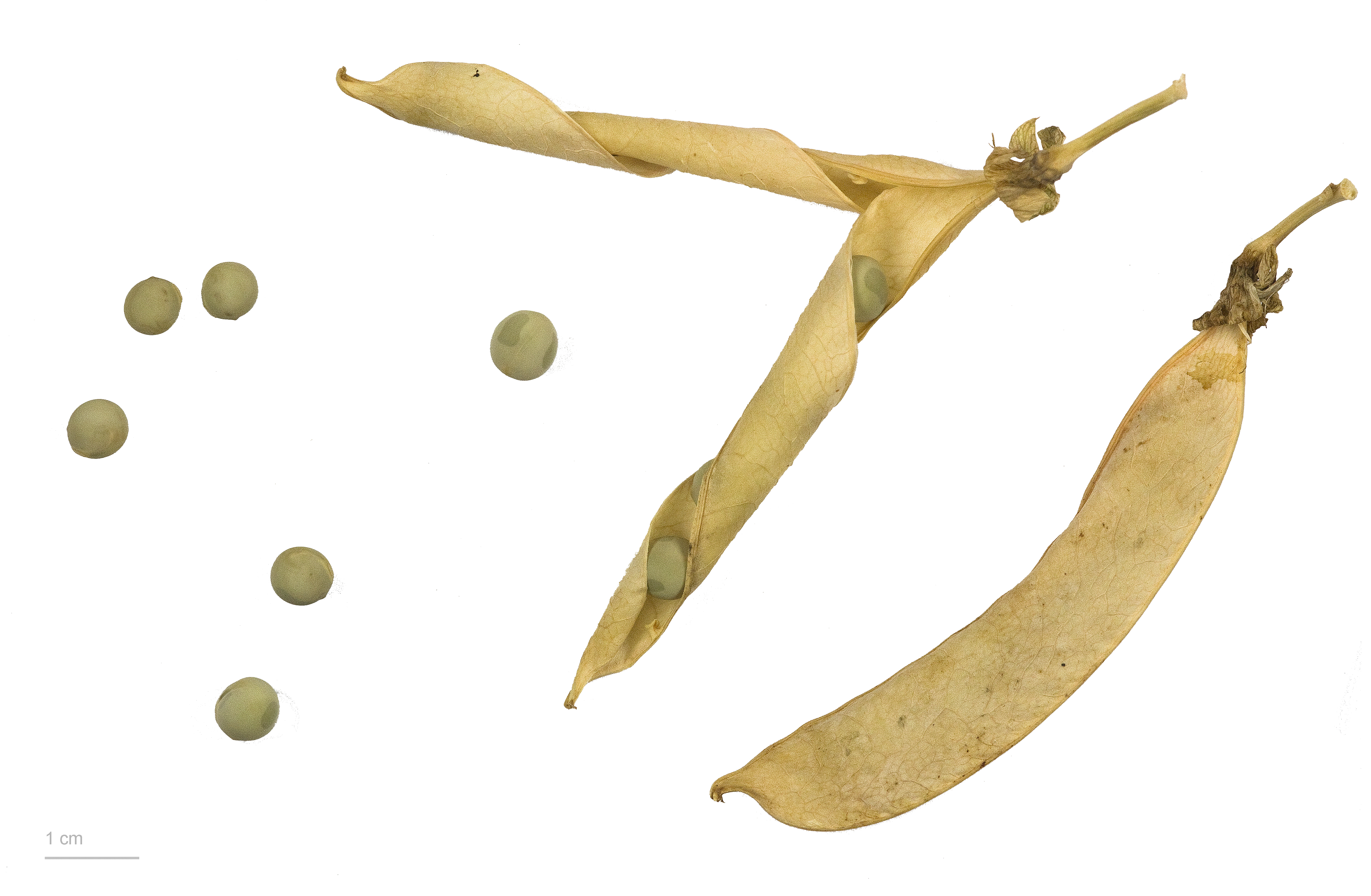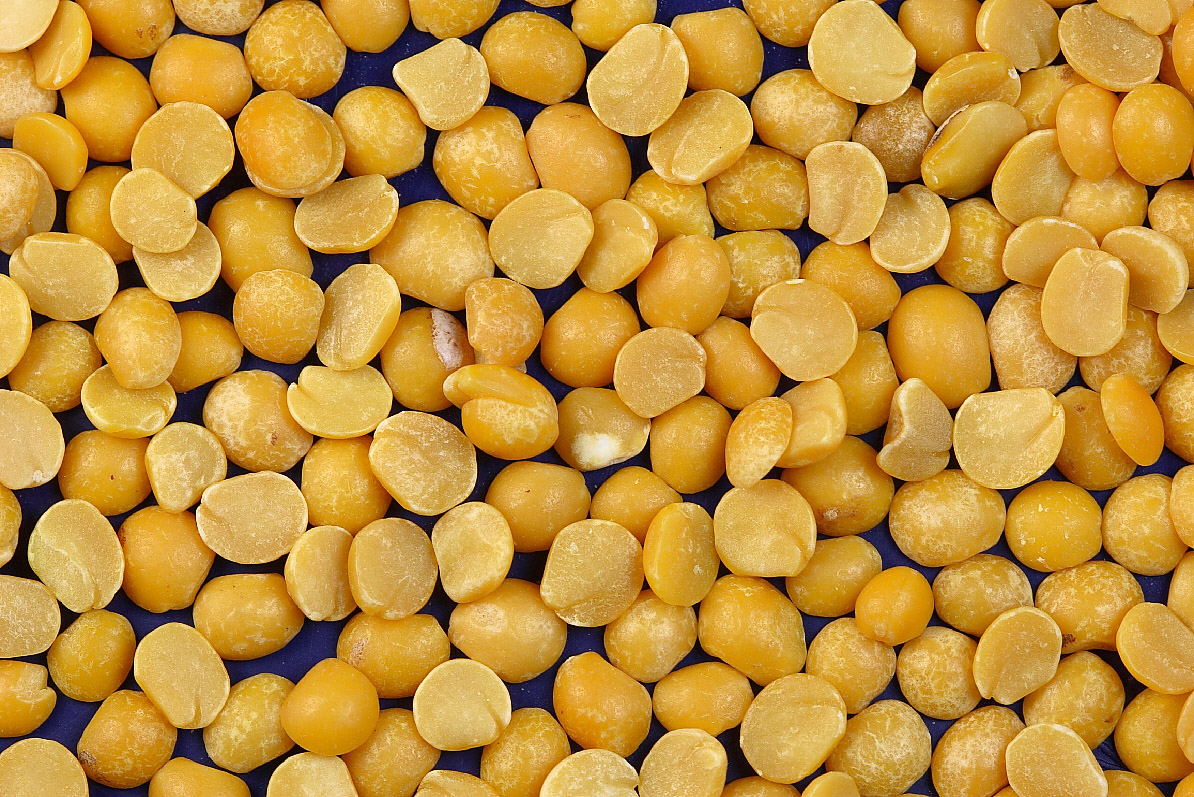|
Marrowfat Peas
Marrowfat peas are green mature peas (''Pisum sativum'' L. or ''Pisum sativum'' var. ''medullare'') that have been allowed to dry out naturally in the field, rather than being harvested while still young like the normal garden pea. They are starchy, and are used to make mushy peas.The Garden Pea Retrieved 14 April 2012. Marrowfat peas with a good green colour are exported from the UK to Japan for the snack food market, while paler peas are used for canning. Those with thin skins and a soft texture are ideal for making mushy peas. Its name 'marrowfat' was coined around 1730 from ''marrow'' and ''fat''. Another source says the peas were named because people wanted plump (''fat'') peas of the ''Maro'' variety, a Japanese variety introduced to the UK in the early 20th century. See also * |
Marrowfat Peas
Marrowfat peas are green mature peas (''Pisum sativum'' L. or ''Pisum sativum'' var. ''medullare'') that have been allowed to dry out naturally in the field, rather than being harvested while still young like the normal garden pea. They are starchy, and are used to make mushy peas.The Garden Pea Retrieved 14 April 2012. Marrowfat peas with a good green colour are exported from the UK to Japan for the snack food market, while paler peas are used for canning. Those with thin skins and a soft texture are ideal for making mushy peas. Its name 'marrowfat' was coined around 1730 from ''marrow'' and ''fat''. Another source says the peas were named because people wanted plump (''fat'') peas of the ''Maro'' variety, a Japanese variety introduced to the UK in the early 20th century. See also * |
Peas
The pea is most commonly the small spherical seed or the seed-pod of the flowering plant species ''Pisum sativum''. Each pod contains several peas, which can be green or yellow. Botanically, pea pods are fruit, since they contain seeds and develop from the ovary of a (pea) flower. The name is also used to describe other edible seeds from the Fabaceae such as the pigeon pea (''Cajanus cajan''), the cowpea (''Vigna unguiculata''), and the seeds from several species of ''Lathyrus''. Peas are annual plants, with a life cycle of one year. They are a cool-season crop grown in many parts of the world; planting can take place from winter to early summer depending on location. The average pea weighs between 0.1 and 0.36 gram. The immature peas (and in snow peas the tender pod as well) are used as a vegetable, fresh, frozen or canned; varieties of the species typically called field peas are grown to produce dry peas like the split pea shelled from a matured pod. These are the bas ... [...More Info...] [...Related Items...] OR: [Wikipedia] [Google] [Baidu] |
Garden Pea
The pea is most commonly the small spherical seed or the seed-pod of the flowering plant species ''Pisum sativum''. Each pod contains several peas, which can be green or yellow. Botanically, pea pods are fruit, since they contain seeds and develop from the ovary of a (pea) flower. The name is also used to describe other edible seeds from the Fabaceae such as the pigeon pea (''Cajanus cajan''), the cowpea (''Vigna unguiculata''), and the seeds from several species of ''Lathyrus''. Peas are annual plants, with a life cycle of one year. They are a cool-season crop grown in many parts of the world; planting can take place from winter to early summer depending on location. The average pea weighs between 0.1 and 0.36 gram. The immature peas (and in snow peas the tender pod as well) are used as a vegetable, fresh, frozen or canned; varieties of the species typically called field peas are grown to produce dry peas like the split pea shelled from a matured pod. These are the bas ... [...More Info...] [...Related Items...] OR: [Wikipedia] [Google] [Baidu] |
Mushy Peas
Mushy peas are dried marrowfat peas which are first soaked overnight in water with sodium bicarbonate (baking soda), and then rinsed in fresh water, after which the peas are gathered in a saucepan, covered with water, and brought to a boil, and then simmered until the peas are softened and ''mushy''. The mush is seasoned with salt and pepper. Throughout the British Isles (Northern England and the Midlands (England), Midlands in particular) they are a traditional accompaniment to fish and chips. In Northern England they are also commonly served as part of a popular snack called pie and peas (akin to the South Australian pie floater; but instead of the thick pea soup of the floater, in pie and peas it is mushy peas which accompany the meat pie) and are considered to be a part of traditional British cuisine. They are sometimes also packed into a ball, dipped in Batter (cooking), batter, deep-fried, and served as a pea fritter. Mushy peas can also be bought ready-prepared in tin cans ... [...More Info...] [...Related Items...] OR: [Wikipedia] [Google] [Baidu] |
The Daily Telegraph
''The Daily Telegraph'', known online and elsewhere as ''The Telegraph'', is a national British daily broadsheet newspaper published in London by Telegraph Media Group and distributed across the United Kingdom and internationally. It was founded by Arthur B. Sleigh in 1855 as ''The Daily Telegraph & Courier''. Considered a newspaper of record over ''The Times'' in the UK in the years up to 1997, ''The Telegraph'' generally has a reputation for high-quality journalism, and has been described as being "one of the world's great titles". The paper's motto, "Was, is, and will be", appears in the editorial pages and has featured in every edition of the newspaper since 19 April 1858. The paper had a circulation of 363,183 in December 2018, descending further until it withdrew from newspaper circulation audits in 2019, having declined almost 80%, from 1.4 million in 1980.United Newspapers PLC and Fleet Holdings PLC', Monopolies and Mergers Commission (1985), pp. 5–16. Its si ... [...More Info...] [...Related Items...] OR: [Wikipedia] [Google] [Baidu] |
The Gardeners Dictionary
''The Gardeners Dictionary'' was a widely cited reference series, written by Philip Miller (1691–1771), which tended to focus on plants cultivated in England. Eight editions of the series were published in his lifetime. After his death, it was further developed by George Don as ''A general system of gardening and botany. Founded upon Miller's Gardener's dictionary, and arranged according to the natural system'' (1831–1838). Editions References External links Various scansat The Internet Archive The Internet Archive is an American digital library with the stated mission of "universal access to all knowledge". It provides free public access to collections of digitized materials, including websites, software applications/games, music, ... Gardening books Dictionaries by subject {{garden-book-stub ... [...More Info...] [...Related Items...] OR: [Wikipedia] [Google] [Baidu] |
Split Peas
Split peas are an agricultural or culinary preparation consisting of the dried, peeled and split seeds of ''Pisum sativum'', the pea. Harvesting The peas are spherical when harvested, with an outer skin. The peas are dried and the dull-coloured outer skin of the pea removed, then split in half by hand or by machine at the natural split in the seed's cotyledon. There are green and yellow varieties of split pea. Gregor Mendel studied the inheritance of seed colour in peas; the green phenotype is recessive to the yellow one. Traditionally, the genotype of purebred yellow is "YY" and that of green is "yy", and hybrids of the two, "Yy", have a yellow (dominant) phenotype. Split peas are high in protein and low in fat, with one gram of fat per serving. Most of the calories come from protein and complex carbohydrates. The split pea is known to be a natural food source that contains some of the highest amounts of dietary fibre, containing 26 grams of fibre per 100 gram portion (104 ... [...More Info...] [...Related Items...] OR: [Wikipedia] [Google] [Baidu] |




